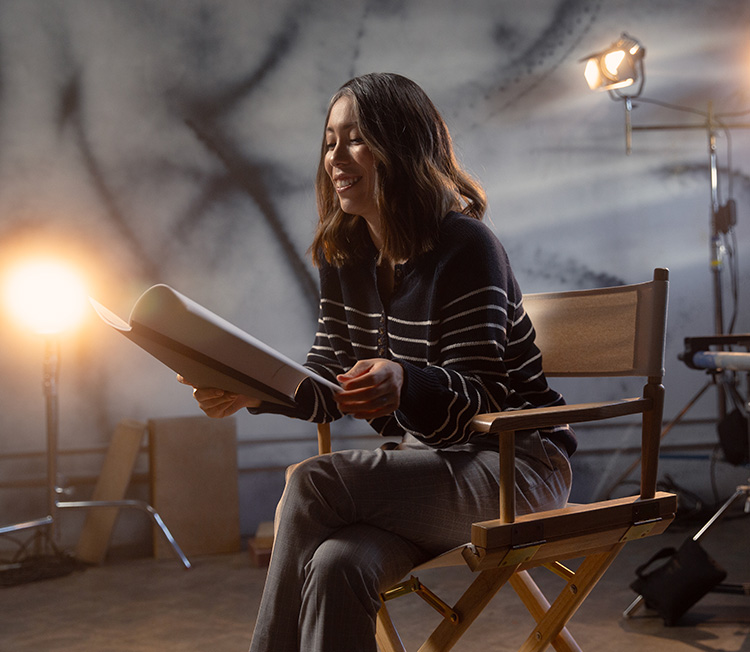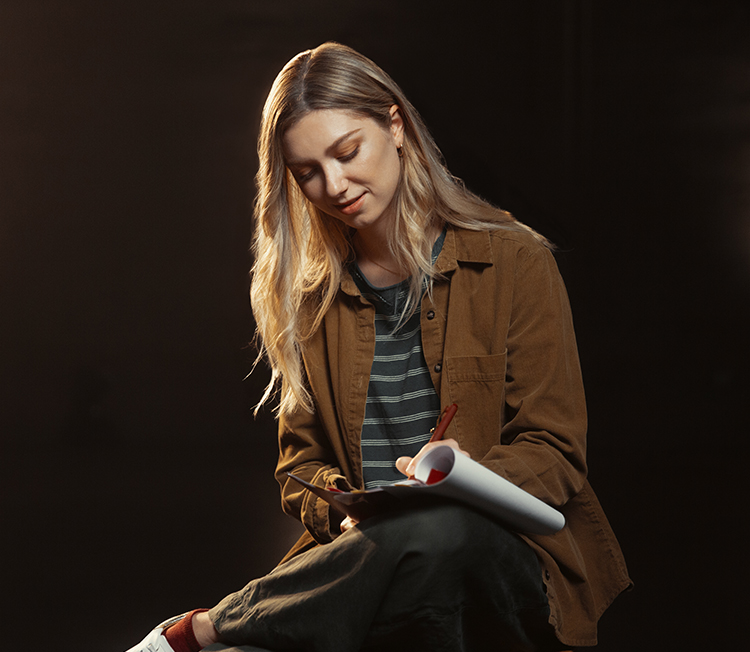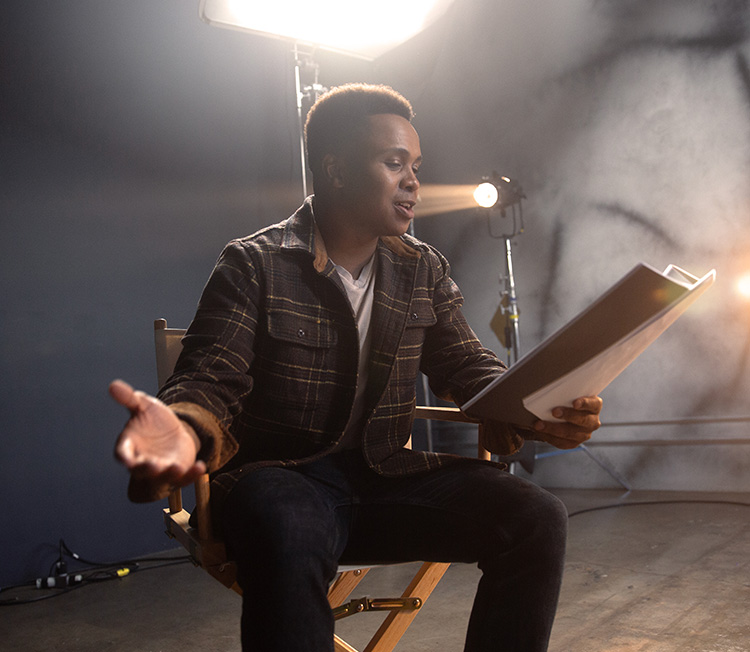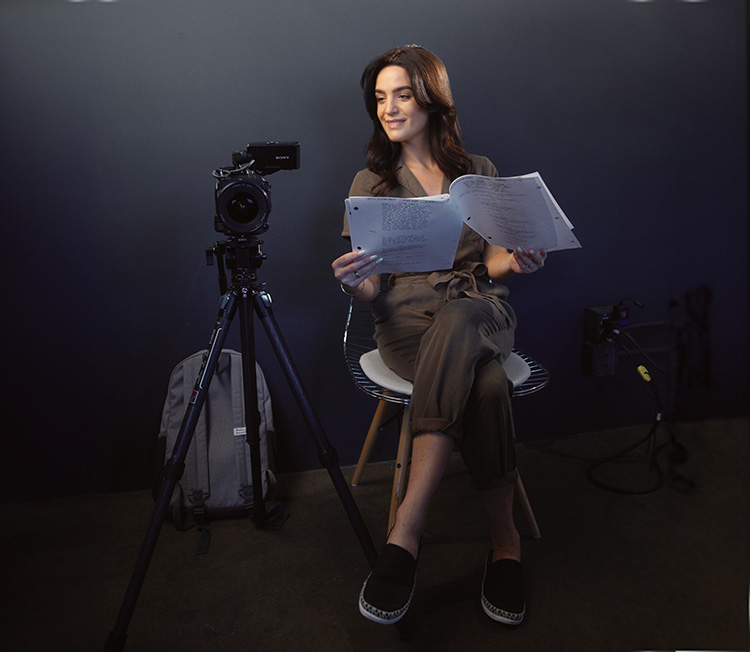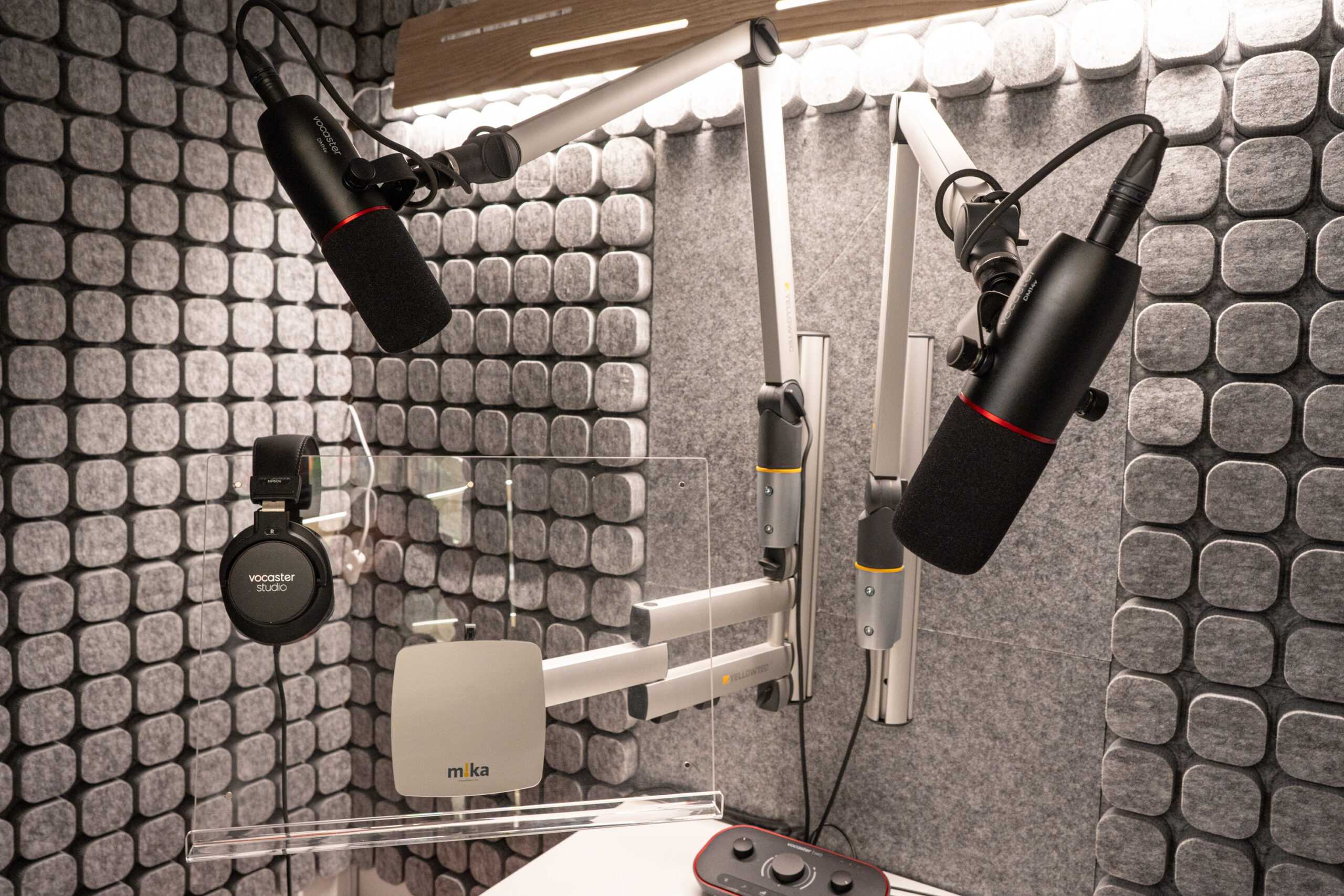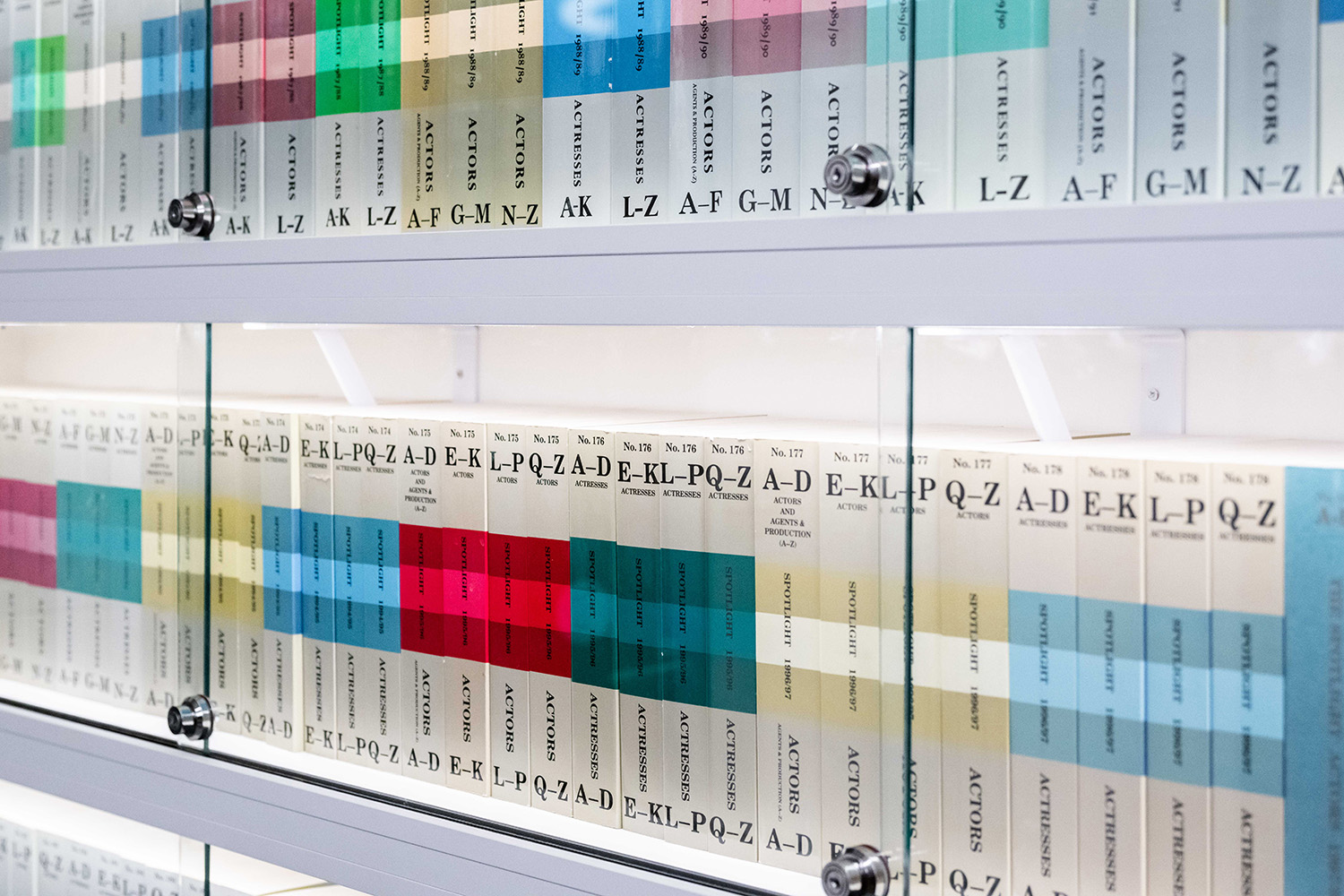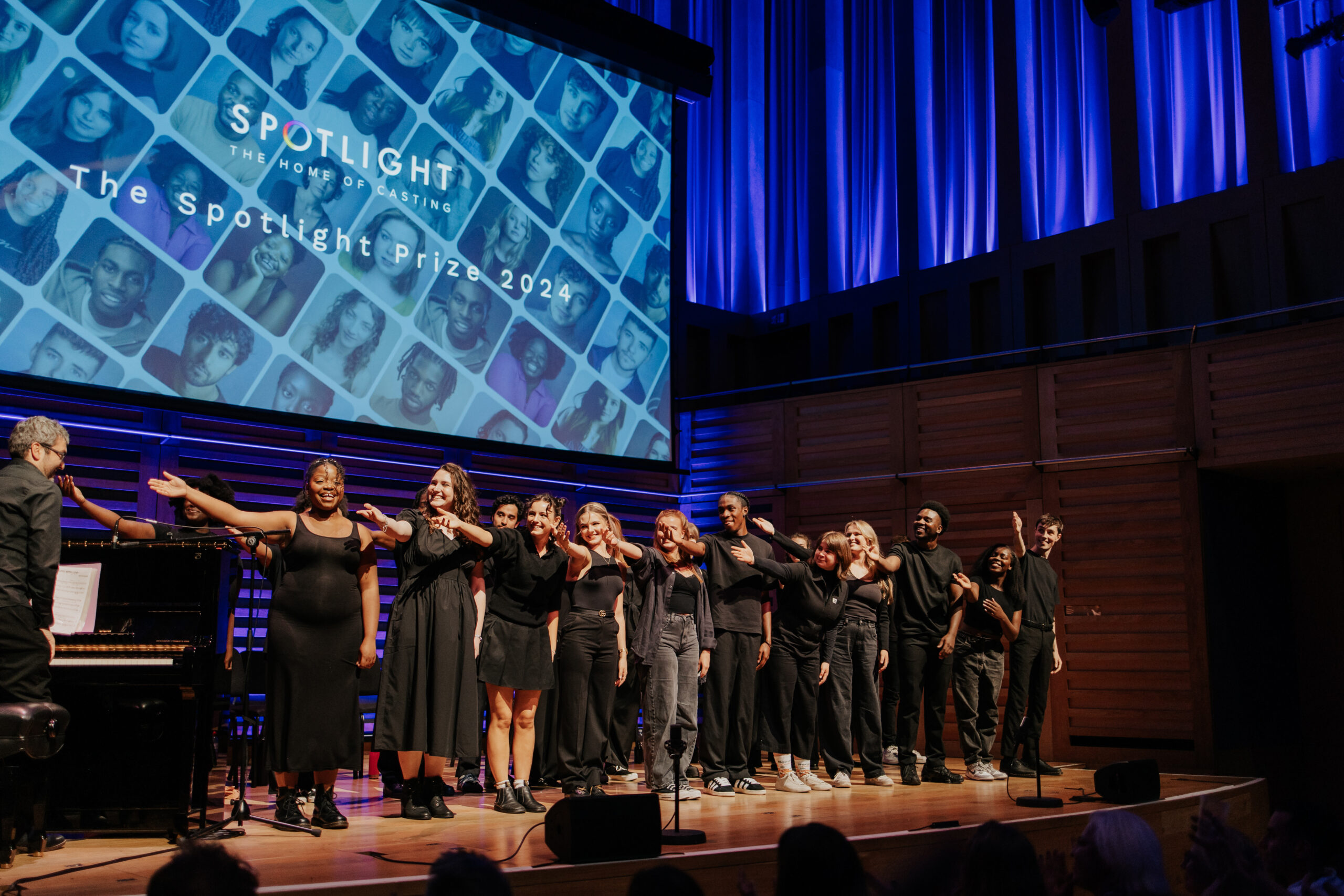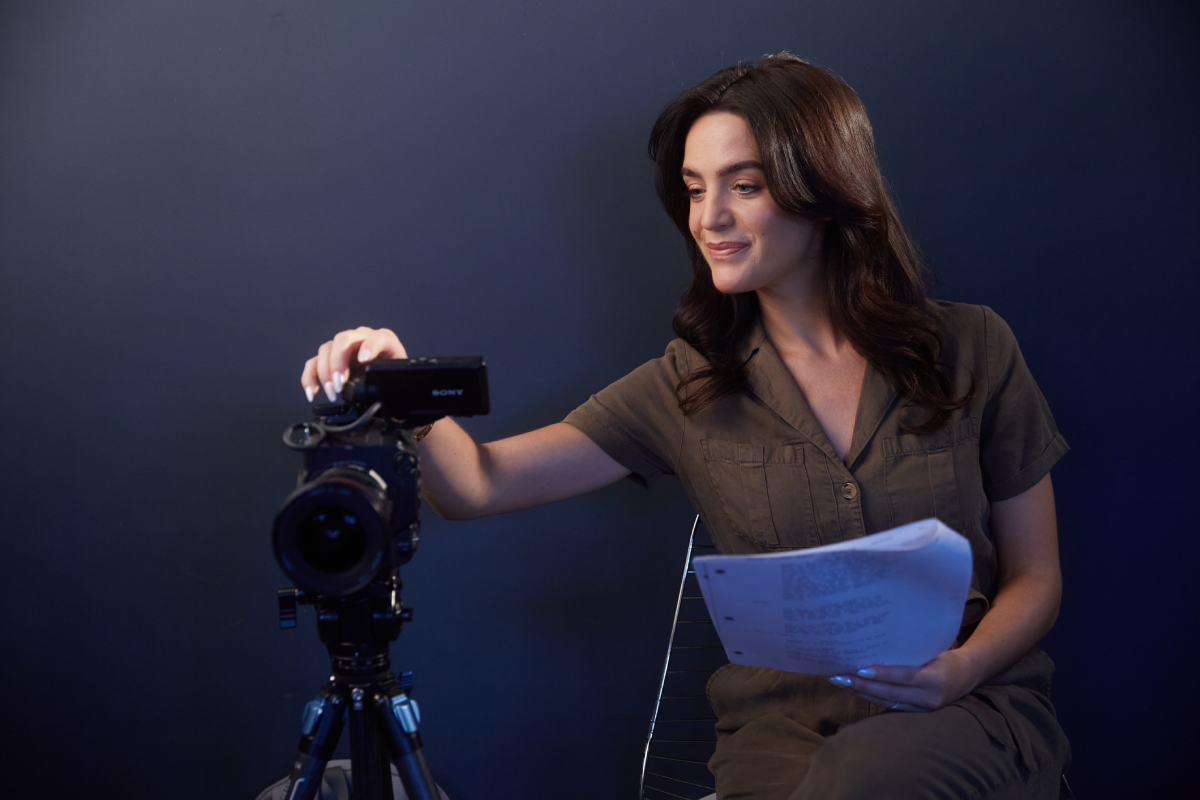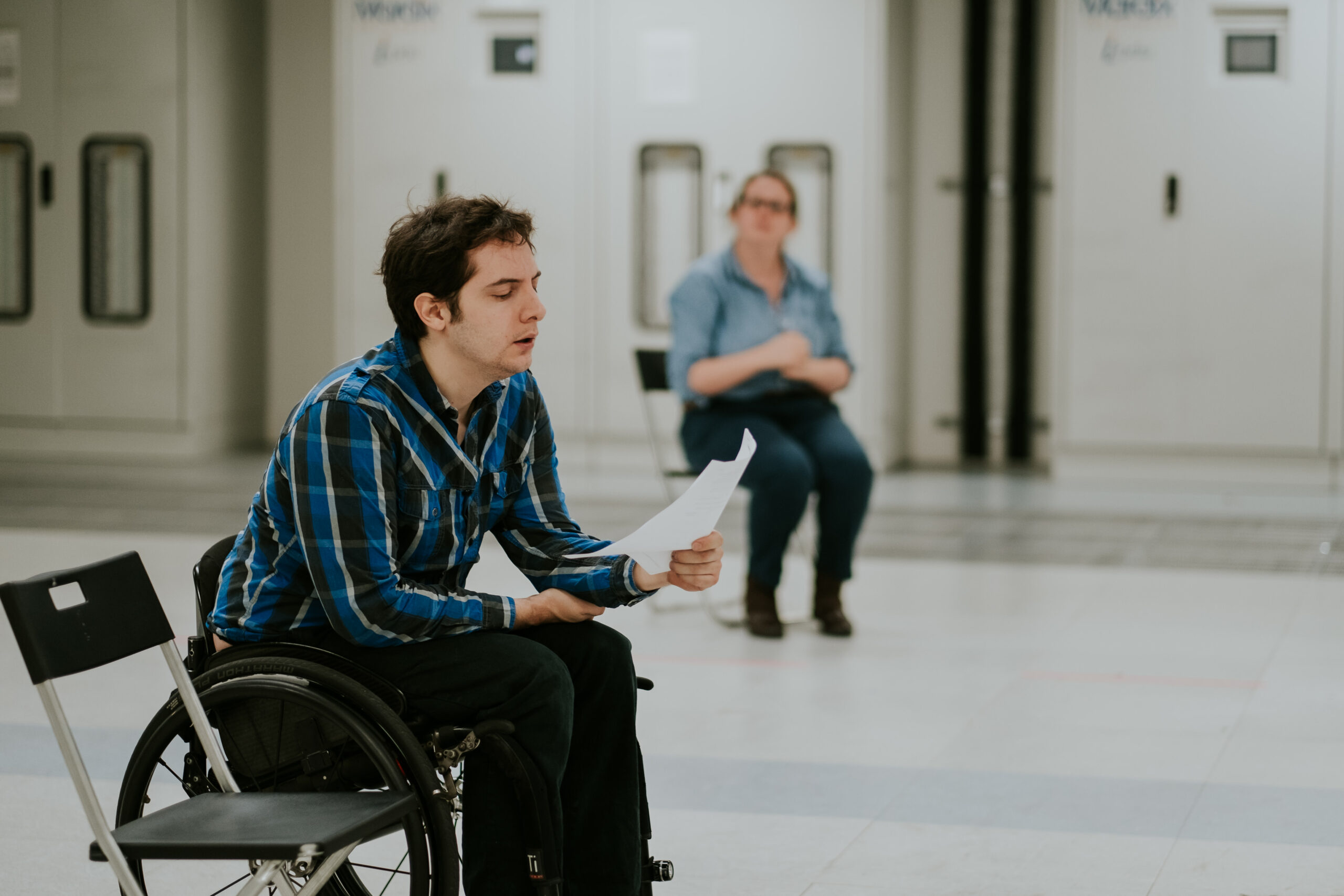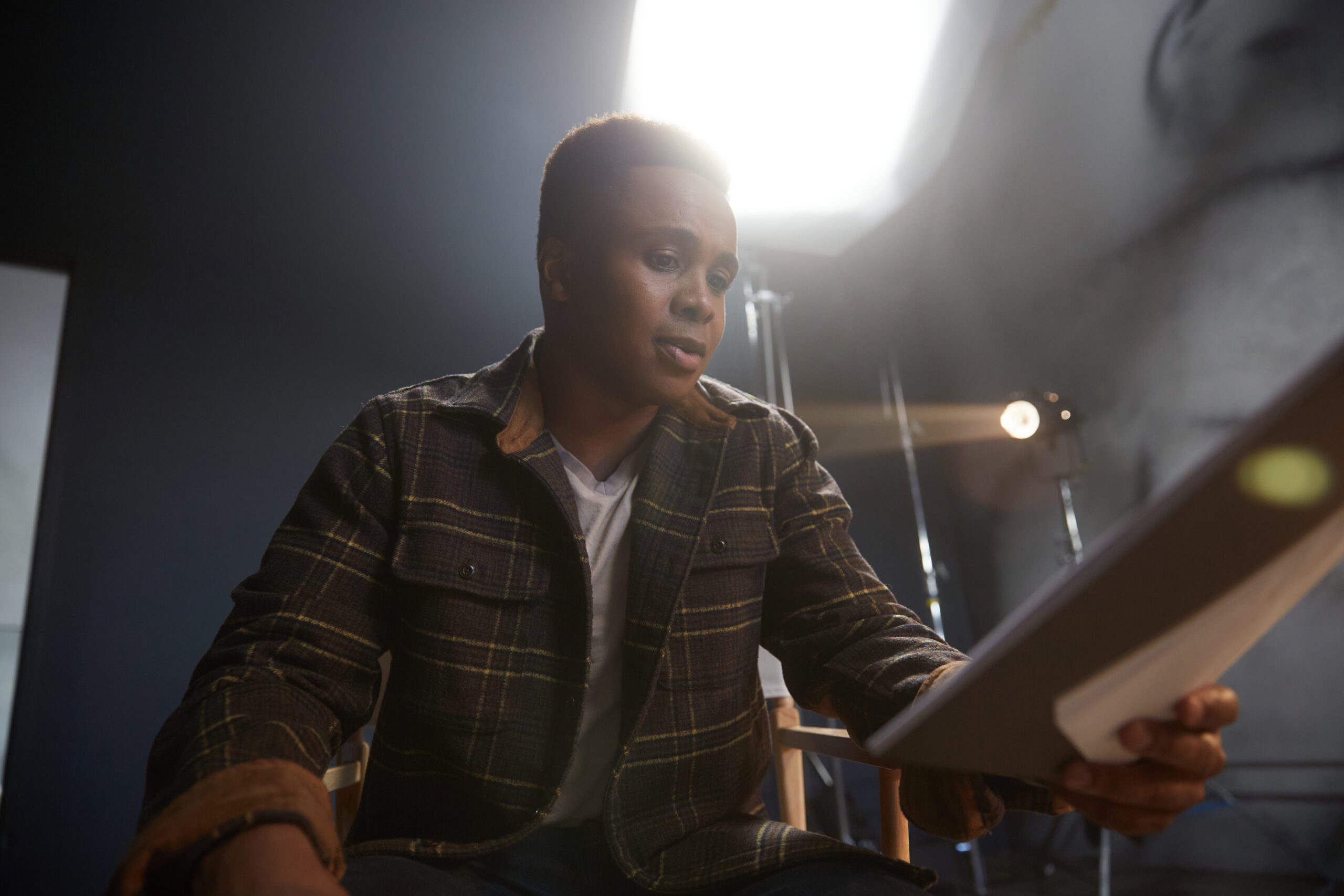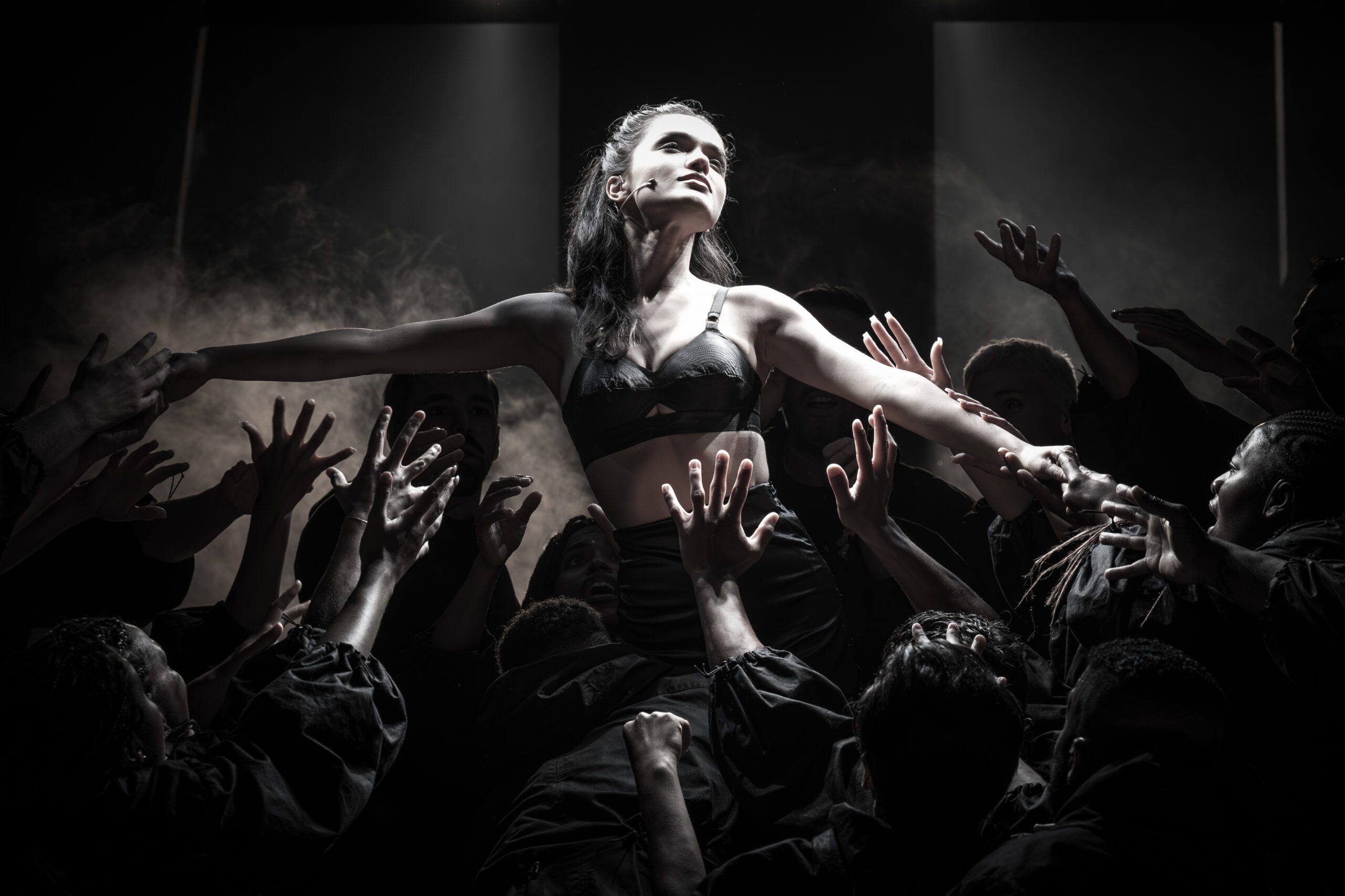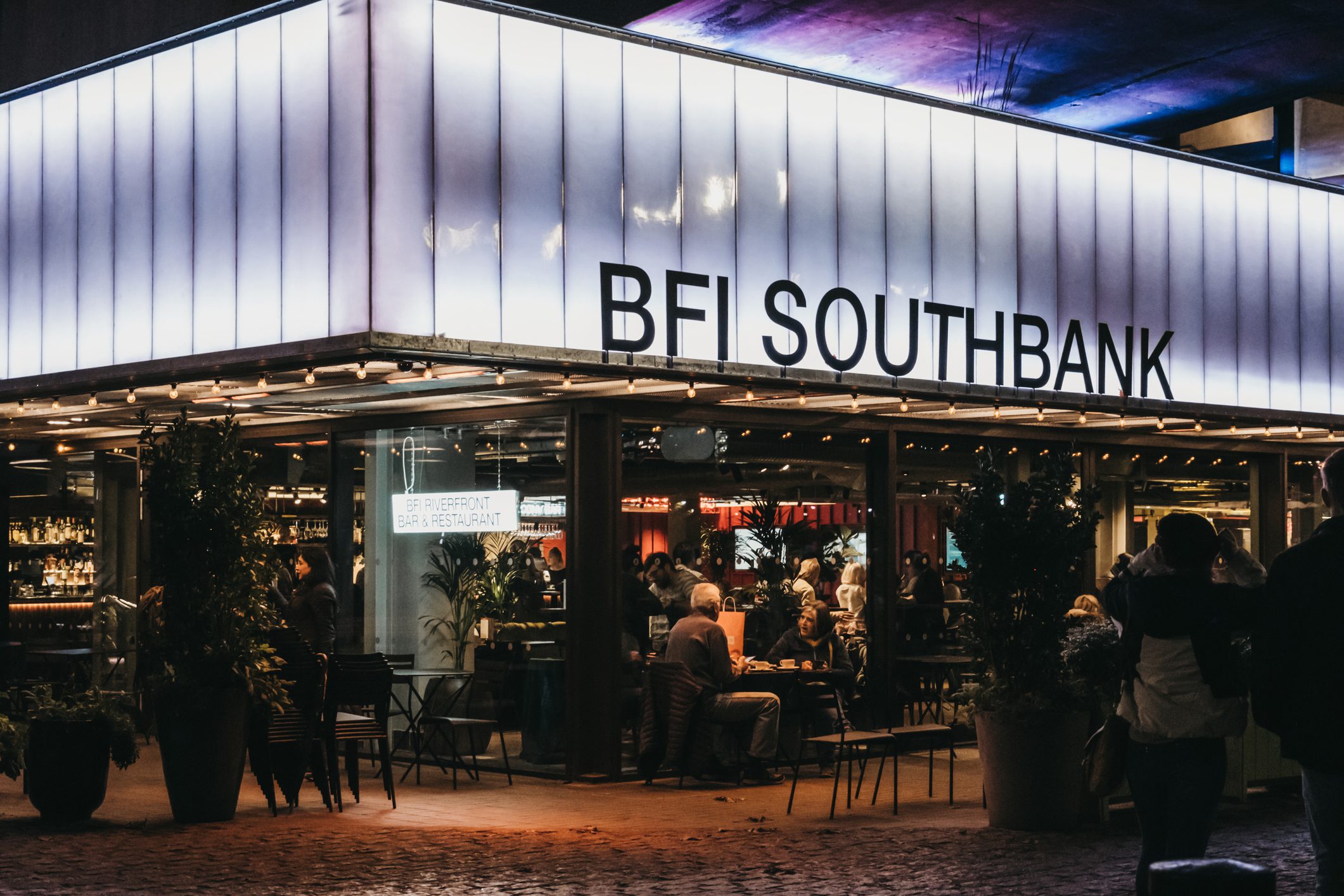Don’t just be “reasonable” says Amelia Cavallo, dissecting the steps you need to consider to create truly inclusive work on stage
[In the Equalities Act] there is one sticky phrase, which is “reasonable accommodation”… The problem with this phrase is that there is nothing specific about what is considered reasonable and what isn’t. This makes it harder to implement for those who do want to create accessible work, and easier to find “reasonable” excuses for those don’t… the whole concept of access, inclusion, integration and diversity can become muddy.
In performing arts, there are quite a few people who will use words like ‘diversity’ and ‘integrated’ and ‘accessibility’. This usually relates to the shows being created, and to all of the people who work to make a show. As a disabled performer, I find it interesting that everyone has a different understanding of what these words mean. These different understandings are essential, because everyone comes from different backgrounds and does different things. That being said, there are always some constants to bear in mind.
When it comes to disability politics, we have something called the “social model” which is a model for the way we (disabled people) view society and how it should change to become more integrated, diverse, and accessible. The crux of it is that we are not disabled by our impairments (i.e. using a wheelchair, being blind, having epilepsy), but instead are disabled by a society that isn’t made for us.
To use myself as an example, I as a blind person am perfectly happy with my eyesight as it stands, but face barriers to accessing things like jobs, transport, school and social events. For performance work, this means that I while I might be a very experienced and talented actor, I can’t easily cold read a script at an audition without support, such as an access worker to help me read lines, or the script being provided in a different format like large print, braille or audio. This can put me at a direct disadvantage to sighted actors. It’s usually reasons like this that we haven’t had a disabled Elphaba or Eponine (yet).
The government did some good work on this back in 2010 and created the Equalities Act, which deals with discrimination for multiple different minority groups. For disability, one of the things it does is set rules for how employers are supposed to make the work place accessible. In these rules, there is one sticky phrase, which is “reasonable accommodation”. This means that employers are required to make adjustments for access “within reason”.
The problem with this phrase is that there is nothing specific about what is considered reasonable and what isn’t. This makes it harder to implement for those who do want to create accessible work, and easier to find “reasonable” excuses for those don’t. When this mixes with the performing arts, which needs to constantly shift and change from project to project, the whole concept of access, inclusion, integration and diversity can become muddy.
My fear is that, while there are wonderful projects and companies working specifically with Deaf and disabled people, the vague idea of “reasonable accommodation” is making things harder than they need to be in the wider professional field. Disabled people are more present, but we are still missing a few things that could make visibility for us stronger, more impactful and more artistically fulfilling. Here are my 7 top tips to get creatives started:
Put us in the driver’s seat
As I said, there are some wonderful companies, both disability-led and not, that are working tirelessly to bring Deaf and disabled people more actively into the arts. However, the majority of projects are still run by and for non-disabled people. This goes from big, national organisations down to the smallest fringe theatre company. If you want to diversify your organisation, give space for diverse people to help you run it.
Disabled people are not like non-disabled people
I know this seems like an obvious statement to make but stick with me here. I cannot tell you how many times I have seen a play with disabled actors integrated who have been directed to act like non-disabled people. This may mean things like being asked to mask their disability (if they can). It is always very disappointing when this happens.
The thing about diversity is that it doesn’t behave like the status quo. Putting disabled people in, say, a Shakespeare play is always going to look and feel different than a non-disabled person. This does not mean you shouldn’t do it! Far from it! It just means you need to understand what having that person in a piece means and go with it. Which leads me to my next point…
Don’t be afraid to be political
Simply put, if you are representing people who do not often get represented, you may well face backlash. Stick to your guns, trust that it is a good thing, and don’t be afraid to push boundaries of what is considered normal in our industry.
Even if you do not have a consultant, even if you can’t fully include access, think about how your show works for a wide range of performers and audiences… What happens when you do this is you naturally explore multiple ways to tell a story, and multiple ways to include people in that process.
Do your research
There can be a large amount of emotional labour that is asked of disabled people who go into a job that is run by non-disabled people. Remember that we are going into these jobs wanting to be challenged in the discipline in which we are working. Unless specified in our contracts, we are not there to explain all of disability and access (nor could we). While you can’t be expected to know everything, having basic understandings of things like widely used access tools and language goes a long way. And if all else fails…
Don’t be afraid to ask questions
I often find that people are terrified to ask me basic questions about my access needs or what language to use, because they do not want to offend. Keeping in mind the point above, asking is ALWAYS better than assuming.
Get professional help
This is particularly important if you are looking to integrate different types of access, such as audio description or British Sign Language, into a performance. Get experts to come and help you figure out how to do this. There are disabled artists who have been doing this for years. You do not need to re-invent the wheel every time you integrate your shows with disabled people or integrate access into a piece. Hire consultants and test your work out on disabled audiences. Get feedback and make your show as amazing as you want it to be.
Also, make sure the access you include is working for the people it’s meant for. It’s all well and good if sighted, hearing people think sign language looks nice in a show, but ultimately doesn’t help anyone if the Deaf people who sign can’t follow it. Also, if your project isn’t heavily funded (say everyone’s working for cheap or free) treat the consultant with the same respect as any other member of the core creative team.
Think about access from the beginning
Even if you do not have a consultant, even if you can’t fully include access, think about how your show works for a wide range of performers and audiences. Is the building you are working in step free? Is your website easy to navigate with a screen reader? If not, what are ways to work around this? How do you provide materials to performers in an audition? How can a piece work include more visual information for a deaf audience? More auditory information for a blind audience?
What happens when you do this is you naturally explore multiple ways to tell a story, and multiple ways to include people in that process. This is creative gold dust that is often underrated and underused. Applying access on even the most basic levels will help you create extremely rich, unique and multi-layered work. So, think about access from the beginning, keep working at it though the middle, and in the end, you’ll be glad you did.
This whole thing is more than just putting us on stage and screen. Disability is a culture that is rich and diverse in itself. We deserve a space in this industry that is validated, just like everyone else. So, when you work with disabled people, don’t just be “reasonable”. Well, maybe start there and then think about all of the wonderful things you can do when you move beyond it. Being over-reasonable may well help you create amazing art.
 Amelia Cavallo is a blind actor, singer, musician, multi-instrumentalist, circus aerialist, drag performer and burlesque artist. She recently appeared in The Who’s Tommy and in Into the Woods at The Royal Exchange in Manchester. She also works as a musical director, lecturer and workshop facilitator. When not on stage, she can be found working part time towards her PhD with a focus in disability studies, queer theory and performance.
Amelia Cavallo is a blind actor, singer, musician, multi-instrumentalist, circus aerialist, drag performer and burlesque artist. She recently appeared in The Who’s Tommy and in Into the Woods at The Royal Exchange in Manchester. She also works as a musical director, lecturer and workshop facilitator. When not on stage, she can be found working part time towards her PhD with a focus in disability studies, queer theory and performance.

